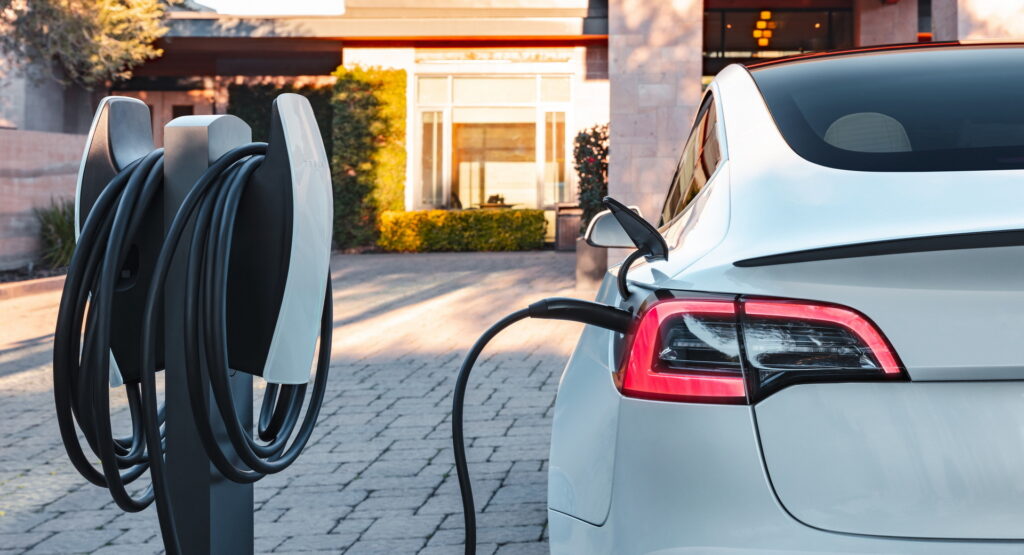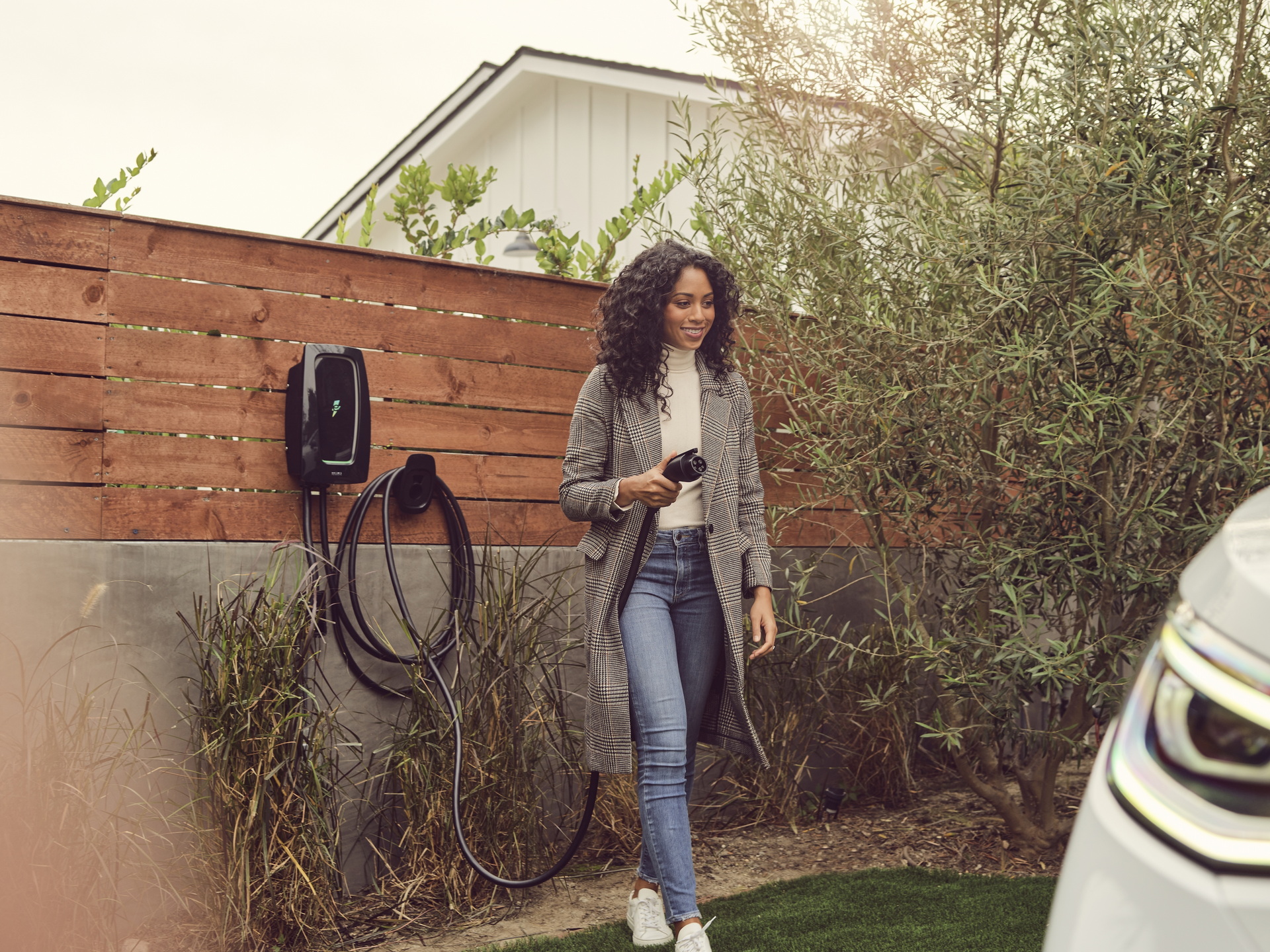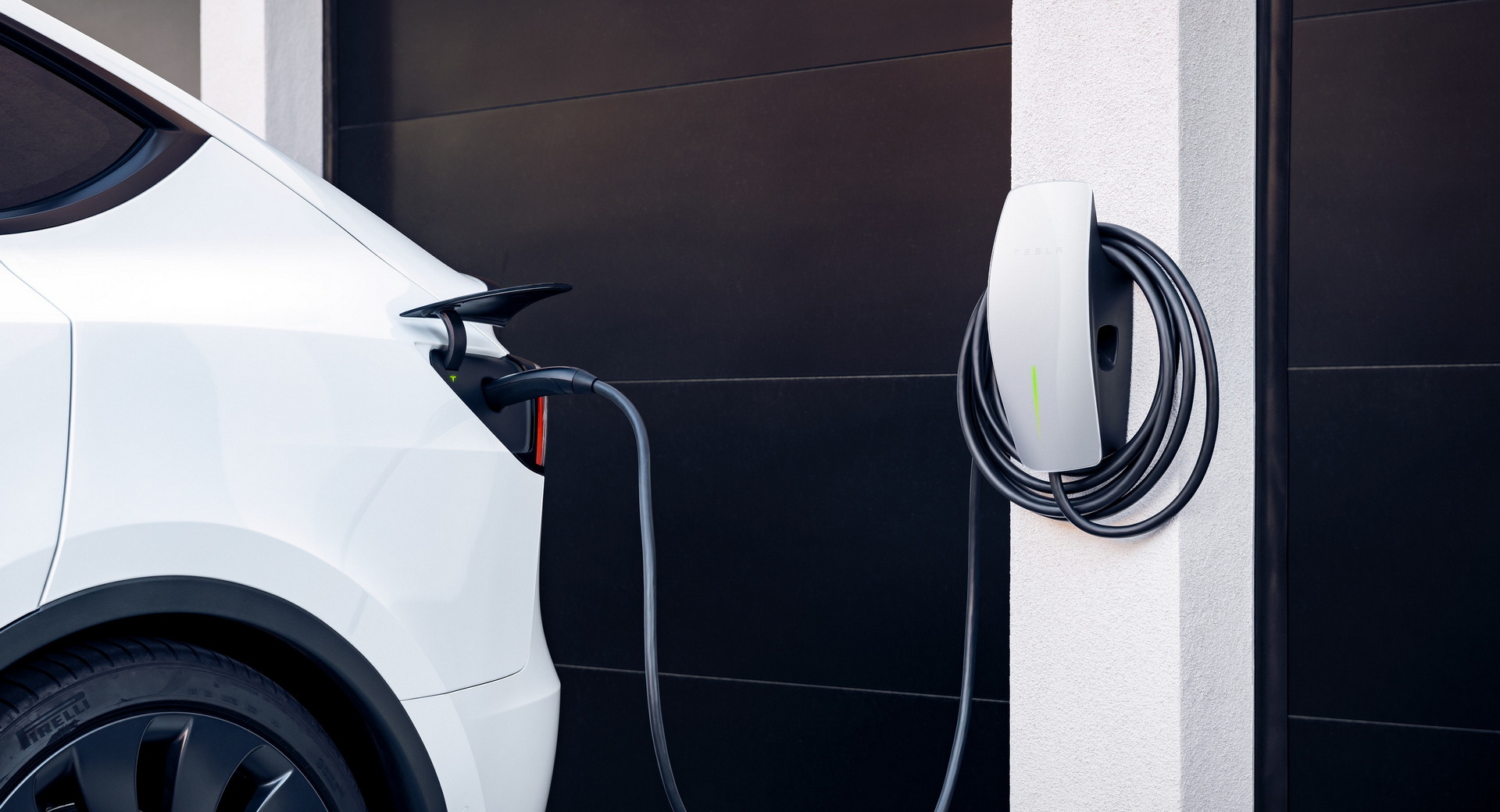As electric vehicles slowly become more and more accepted by the mainstream, a significant portion of the population will continue to face difficulties when it comes to charging. Renters and condo-dwellers may be denied one of EV ownership’s greatest advantages: at-home charging.
Home equipment accounts for 84 percent of all EV charging across the U.S., according to J.D. Power. Indeed, it found earlier this year that owning a level 2 charger at home was one of the biggest contributors to overall satisfaction with EV ownership. But people who have less control over how the infrastructure around them is organized, such as renters and condo-dwellers, will find it difficult to charge at home.
J.D. Power further found that a lack of public charging was the main deterrent from EV ownership in half of people who say they would not consider buying one. Meanwhile, 34 percent of new vehicle shoppers surveyed by the organization said they lacked at-home charging, which correlates neatly to the 36 percent of Americans who live in multiunit dwellings such as apartment buildings and condos.
Read Also: There Are More Public Charging Stations Than Ever, But That’s Still Not Enough, Study Finds
Although renters do have some rights when it comes to installing EV chargers, they need to be awfully motivated to take full advantage of them. Nine states have right-to-charge laws that require landlords to allow renters to install chargers in single-family homes, but the renter must pay for the installation themselves, per Automotive News.
Level 2 chargers are anything but inexpensive and, depending on the state, may require the tenant to pay extra liability insurance. Landlords can also charge a fee to make the parking space next to the charging port a dedicated space, as well. And that’s a lot to pay to increase your landlord’s property values.
Property owners who do want to install chargers for their tenants, though, can get tax incentives to do so under the Inflation Reduction Act, which may increase the number of residential buildings with Level 2 and 3 chargers.
Promisingly, areas with high rates of adoption are legislating for it. San Francisco, for example, introduced a law in 2017 requiring all new residential and commercial buildings to have chargers in at least 20 percent of parking spots.
And even those who have no access to a garage may soon be better served. A number of cities in America have started installing chargers that hook up to utility poles. According to National Grid, these stations cost around 70 percent less to install than full charging stations because of their simplicity.
Still, the current state of EV infrastructure makes charging at home challenging for many, and with public charging network still spotty and unreliable, many consumers may feel that EVs aren’t the best option for them. If you asked Greenpeace, though, they may say that’s a feature, not a bug. With many renters and condo dwellers living in dense urban areas that tend to be better served by public transit, it may ultimately be to the benefit of the planet (and those of us who inhabit it) to ditch the car altogether and transit, cycle, or walk instead.






